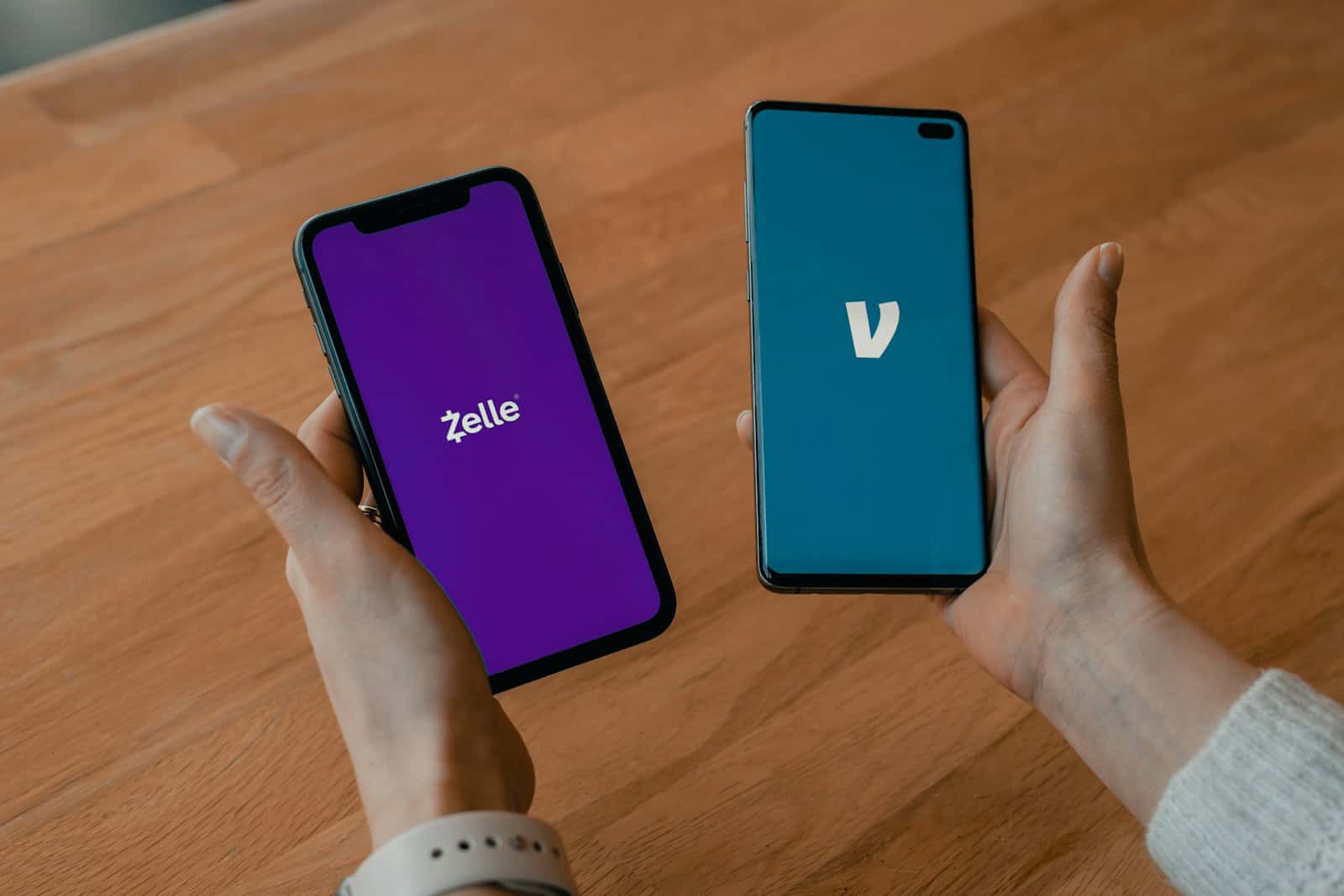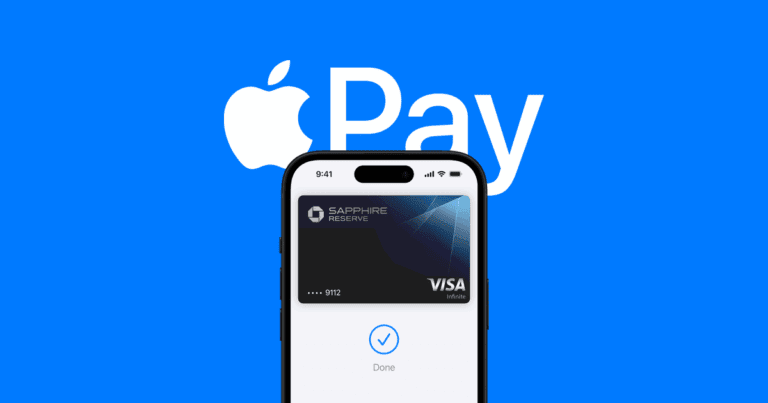In today’s fast-moving digital economy, peer-to-peer (P2P) payment apps have become essential tools for transferring money quickly and securely. Two of the most popular options in the U.S. are Zelle and Venmo — each offering unique advantages depending on how you send, receive, or manage your money.
This guide breaks down the key differences, fees, security, and best use cases for Zelle and Venmo so you can decide which one fits your needs best in 2025.
Overview: Zelle vs. Venmo at a Glance
| Feature | Zelle | Venmo |
|---|---|---|
| Ownership | Owned by Early Warning Services (consortium of major U.S. banks) | Owned by PayPal |
| Primary Use | Direct bank-to-bank transfers | Digital wallet + social payment app |
| Transfer Speed | Instant (usually within minutes) | Instant (for a fee) or 1–3 days (free) |
| Transfer Limits | Varies by bank (often $2,500/day) | $299.99/week (unverified) or up to $60,000/week (verified) |
| Fees | Free (no fees for sending/receiving) | Free for standard transfers; 1.75% fee for instant transfers |
| Social Feed | None | Yes — optional social payment feed |
| Business Use | Limited (select banks) | Available with Venmo Business Profiles |
| Availability | U.S. only | U.S. only |
| Platform | Integrated into banking apps + standalone Zelle app | Standalone app (iOS, Android, web) |
⚙️ How Each Works
Zelle
Zelle is integrated directly into most major U.S. banking apps, including Chase, Bank of America, Wells Fargo, and Capital One.
- You can send money directly between bank accounts using only an email address or phone number.
- Funds typically arrive within minutes if both parties are enrolled.
- There’s no balance to maintain — money moves straight from your bank to theirs.
Best for: People who want fast, fee-free transfers directly between banks.
Venmo
Venmo is a digital wallet and social payment platform owned by PayPal.
- You can send or request money using your Venmo balance, linked bank account, or debit/credit card.
- It includes a social feed where users can share payment notes (public, friends-only, or private).
- Venmo also supports business profiles, Venmo debit cards, and crypto purchases.
Best for: Everyday payments between friends, casual bill-splitting, and small business transactions.
💰 Fees Comparison
| Transaction Type | Zelle | Venmo |
|---|---|---|
| Send/Receive Money | Free | Free (standard) |
| Instant Transfer to Bank | Free | 1.75% fee (min $0.25, max $25) |
| Credit Card Payment | N/A | 3% fee |
| Business Transactions | Limited | 1.9% + $0.10 per transaction |
| Currency Conversion | Not supported | Not supported |
Verdict:
Zelle wins for completely free transfers, while Venmo offers more flexibility but charges for instant access or credit card use.
🔐 Security and Privacy
Both Zelle and Venmo use bank-grade encryption and multi-factor authentication to protect users. However, there are key differences:
Zelle Security
- Backed by major U.S. banks.
- Transfers are instant and irreversible — there’s no buyer protection.
- Best used only with people you know and trust.
- No social sharing, so privacy risks are lower.
Venmo Security
- Owned by PayPal, with strong fraud monitoring.
- Offers buyer protection for authorized business purchases.
- Users can control privacy settings for transactions.
- Social feed can expose payment activity if not set to private.
Verdict:
Zelle is more secure for trusted transfers, while Venmo offers more consumer protections for purchases.
🧾 Transfer Limits
| App | Unverified Users | Verified Users |
|---|---|---|
| Zelle | Depends on bank (often $500–$1,000/day) | Up to $2,500/day or more (bank-dependent) |
| Venmo | $299.99/week | Up to $60,000/week (sending limit); $7,000/week (bank transfers) |
Verdict:
Venmo offers higher limits once verified, while Zelle’s limits depend on your bank’s policies.
🏪 Business and Commerce Use
Zelle for Business
- Available at select banks for small business accounts.
- No transaction fees, but no buyer protection.
- No integration with online stores or POS systems.
Venmo for Business
- Offers Business Profiles for freelancers and small businesses.
- Charges 1.9% + $0.10 per transaction.
- Integrates with PayPal and online checkout options.
Verdict:
Venmo is more versatile for business and side gigs, while Zelle is better for personal or direct bank transfers.
🌐 Accessibility and Integration
| Feature | Zelle | Venmo |
|---|---|---|
| Mobile App | ✅ | ✅ |
| Web Access | ❌ (bank apps only) | ✅ |
| Bank Integration | ✅ (most major banks) | ❌ (separate app) |
| Debit Card | ❌ | ✅ Venmo Debit Card |
| Crypto Support | ❌ | ✅ Buy/Sell Crypto |
| Bill Splitting | Basic | ✅ Built-in tools |
| Social Feed | ❌ | ✅ Optional |
Verdict:
Venmo offers more features and flexibility, while Zelle focuses on simplicity and speed.
⚖️ Pros and Cons Summary
| Zelle | Venmo | |
|---|---|---|
| ✅ Pros | – Instant, free transfers – Integrated with banks – No fees or balance needed | – Social and fun to use – Works like a digital wallet – Supports business payments and crypto |
| ❌ Cons | – No buyer protection – Limited business use – Bank-dependent limits | – Instant transfers cost extra – Social feed can expose data – Slower free transfers |
💡 Which Should You Use?
| Use Case | Best Option |
|---|---|
| Sending rent or splitting bills with friends | Venmo |
| Sending money to family or trusted contacts | Zelle |
| Paying a small business or freelancer | Venmo (Business Profile) |
| Instant, fee-free transfers between banks | Zelle |
| Buying goods or services (with protection) | Venmo |
🧭 Final Verdict
Both Zelle and Venmo are excellent — but they serve different purposes:
- Choose Zelle if you want fast, free, and direct bank-to-bank transfers with no middleman.
- Choose Venmo if you want a feature-rich digital wallet with social features, business tools, and flexibility.
In short:
- Zelle = Simplicity and speed.
- Venmo = Features and flexibility.



